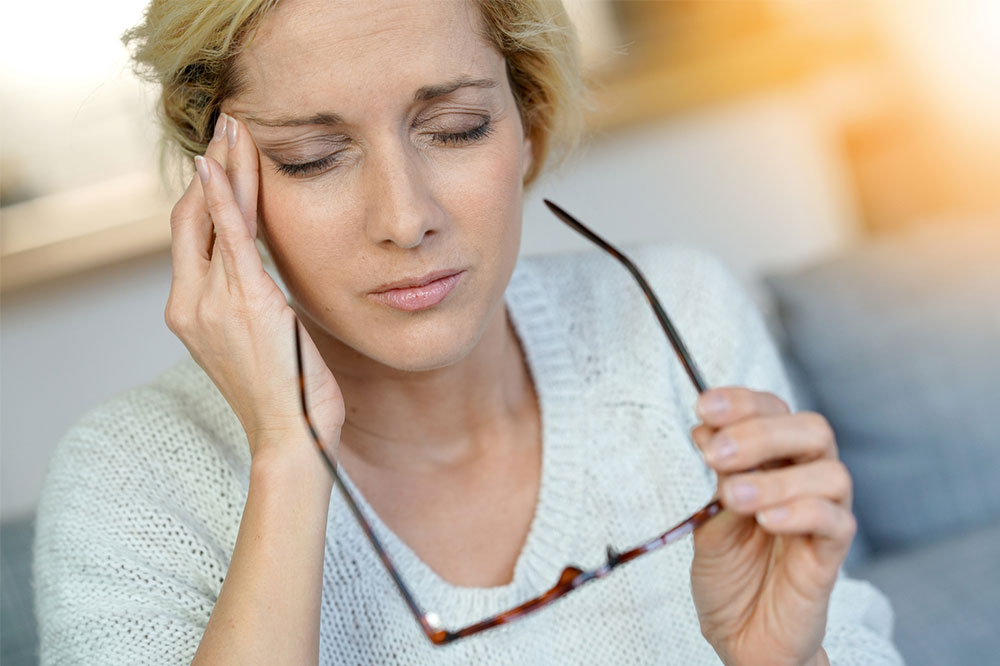
4 Prevalent Environmental Triggers for Migraines
Migraines are one of the most common illnesses worldwide. They are characterized by severe pain and throbbing in a particular part of the head. The headaches can be triggered by specific foods, beverages, stress, and even hormonal factors like menstruation or pregnancy. Furthermore, they can also be caused by certain environmental factors, which are often unavoidable. Here, we will look at the four most common environmental triggers for migraines and learn how to manage them.
1. Weather
Various studies have concluded that there is a direct connection between migraines and the weather. When the climate changes, biological changes occur in the body’s chemical balance, triggering a migraine. In addition, precipitation-related weather events like high humidity, storms, fog, wind speed, or freezing weather can increase the severity of the attack. These headaches can also be induced due to changes in barometric pressure, like in an airplane or deep-sea diving.
How to cope: Controlling the weather is impossible. So if one knows that the current climate will induce a migraine, they should stay indoors. Patients should also get enough rest before and after traveling, especially when moving across time zones.
2. Bright lights
Exposure to bright sunlight is another common environmental trigger. Some people are also sensitive to the dazzling light produced when the sun’s rays reflect on snow, sand, water, or clouds. In addition, flickering or fluorescent lamps and glares indoors can also annoy patients with migraines. For instance, television, computer, or movie screens sometimes produce fluorescent lights that induce a headache.
How to cope: Patients can wear sunglasses or eyeglasses that block or reduce bright glares. They can also switch to a low-resolution computer screen to avoid headaches induced by fluorescent lights. Switching to light bulbs that emit green light may also help.
3. Noise and smell
Everyday environmental noises that can trigger a migraine include road (traffic noise and honking cars), railway, and airplane sounds. Specific neighborhood sounds like loud voices, staircase noise, and even footsteps may trigger a headache. The environment produces specific fumes and vapors like carbon monoxide, which can also affect patients diagnosed with migraines.
How to cope: One can wear earplugs to block loud noises and avoid going to areas that produce fumes and vapors. One should also avoid wearing strong perfumes that can induce headaches.
4. External factors
Any change in the surroundings that needs adjustment may provoke an attack. For instance, when someone moves to a new city, there is a change in their food regime and sleep pattern. This changed routine, coupled with new weather conditions, can make them vulnerable to migraines. Some individuals are sensitive to the jarring motion of a moving train, car, or other vehicles. This can also trigger severe headaches.
How to cope: Changes in atmospheric conditions can be tackled by sleeping well, staying hydrated, eating healthy foods, and managing stress. If traveling by bus, train, or car gives someone a headache, they should talk to a healthcare professional and take medications for relief.


